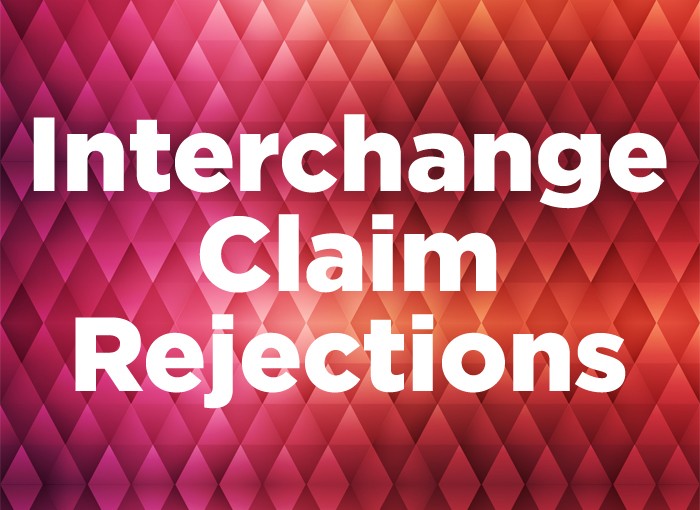Avoiding Electronic Data Interchange Claim Rejections
Electronic data interchange claim rejections are quite common and tend to affect the revenue cycle. It is therefore important to eliminate these errors and ensure timely reimbursement. Here are a few tips to help you avoid EDI claims rejections for the following EDI related errors.
- Billing errors: EDI claims tend to get rejected due to billing errors such as downcoding, poor documentation, and undercoding. It is important to avoid coding errors and submit necessary documents to prevent EDI claim rejections.
- Billing provider NPI missing or invalid: Biller must ensure to enter a valid billing provider NPI to prevent EDI rejections. Such rejections come back with descriptors such as invalid entity’s national provider identifier (NPI), and provider/submitter not approved for EDI claims with this payer. EDI claims rejected due to invalid billing provider NPI can be avoided by providing correct NPI and tax ID. The biller must ensure that the provider is approved to submit EDI claims with a particular clearinghouse.
- Duplicate claim: Submission of duplicate claims is likely to result in rejected claims which may further result in delayed payments. It is because the EDI software is designed to reject duplicate claims by identifying identical claims for the same services. Duplicate claims are returned with descriptions such as claim submitted previously, invalid, or previously processed claim/line. To avoid duplicate claims billers must avoid automatic re-billing, check the status of a claim before submitting, and cross-check the reason for a rejected claim. In addition to this, billers should cross-check electronic remittance advice for previously submitted claims and also avoid resubmission of claims after receiving partial payment.
- Eligibility verification failure: Sometimes, providers and/or billers tend to forget to cross-check the patient’s eligibility with the insurance company/payer. Skipping this step is the major cause of EDI claim rejections due to incorrect patient information. Claims rejected due to failed eligibility verification are returned with descriptors such as insured or subscriber—entity’s contract/member number, entity not eligible for benefits for submitted dates, patient relationship with insured must be self (Medicare and Medicaid), and subscriber ID not found/invalid. To avoid claims rejected due to any issue related to subscriber’s eligibility, the biller must enter correct data, obtain authorization, verify insurance status and obtain copies of documents like the patient’s insurance card and verify benefit coverage and dates of eligibility.
- Invalid Diagnosis code: Diagnosis codes play a huge role in getting maximum reimbursement, but incorrect/invalid diagnosis code results in EDI claim rejections. The descriptors for claims rejected due to incorrect diagnosis code(s) are: diagnosis code not effective on the date of service, invalid principal diagnosis code, and duplicate diagnosis code on the claim for the payer. To avoid rejected claims due to invalid diagnosis code the biller must enter valid diagnosis code and check the status of the code—active or inactive. The biller should make sure that the updated ICD-10 diagnosis code is entered.
- Invalid or missing Payer ID: Entering incorrect or invalid payer ID will result in rejection of EDI claims. To avoid claims rejected due to invalid payer ID the biller must enter the correct payer ID according to the type of claim (institutional vs. professional), and include a secondary payer ID (in case of secondary insurance).




